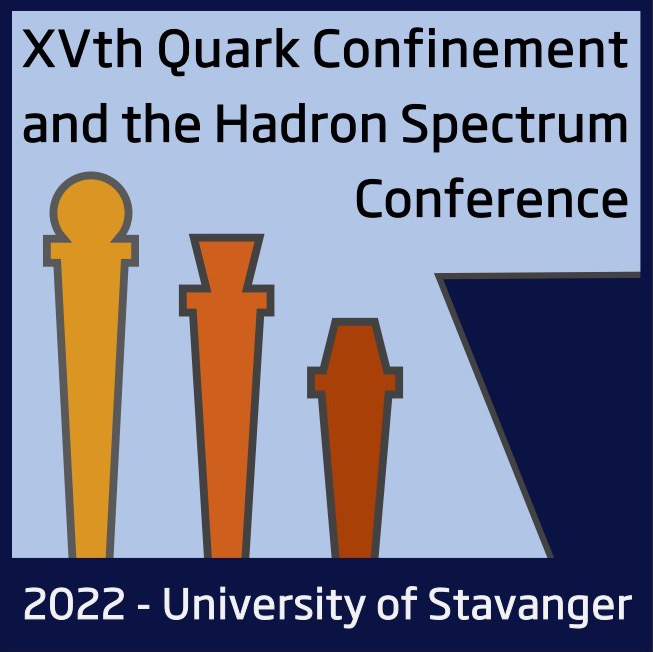Speaker
Description
We present work [1], in which we extend the publicly available quantumfdtd code. It was originally intended for solving the time-independent three-dimensional Schrödinger equation via finite-difference time-domain (fdtd) method and extracting the ground, first and second excited states. We extend it to (a) include the case of the relativistic Schrödinger equation and (b) add two optimized FFT-based kinetic energy terms for the non-relativistic case. All the three new kinetic terms (the two non-relativistic and the relativistic one) are computed using Fast Fourier Transform (FFT). We release the resulting code as version 3 of quantumfdtd. Finally, the original code now supports arbitrary external file-based potentials and the option to project out distinct parity eigenstates from the solutions.
Most quark models used for phenomenological descriptions of QCD bound states are described by the three-dimensional Schrödinger equation with different potentials. In particular, these models have successfully describe below-threshold charmonium production and bottomonium spectra and have helped to establish confidence in QCD as the first-principles description of hadronic matter [2–4]. Non-relativistic effective field theory methods have been used for a first-principles approach to potential-based non-relativistic QCD (pNRQCD) [5,6]. In order to describe quarkonium evolution in the quark-gluon plasma, these potential models have been extended to finite temperature [7–9] and non-equilibrium [10–14]. In the last case, the potentials are no longer real-valued or spherically symmetric. In the full non-equilibrium case, a full three-dimensional solver, like the one developed in this work, is necessary.
Bibliography
[1] Rafael L. Delgado, Sebastian Steinbeißer, Michael Strickland, Johannes H. Weber, Comput.Phys.Commun. 272 (2022) 108250
[2] D. Ebert, R.N. Faustov, V.O. Galkin, Phys. Rev. D 67 (2003) 014027
[3] E. Eichten, S. Godfrey, H. Mahlke, J.L. Rosner, Rev. Mod. Phys. 80 (2008) 1161–1193
[4] J. Segovia, P.G. Ortega, D.R. Entem, F. Fernández, Phys. Rev. D 93 (7) (2016) 074027
[5] N. Brambilla, A. Pineda, J. Soto, A. Vairo, Nucl. Phys. B 566 (2000) 275
[6] N. Brambilla, A. Pineda, J. Soto, A. Vairo, Phys. Rev. D 60 (1999) 091502
[7] M. Laine, O. Philipsen, P. Romatschke, M. Tassler, J. High Energy Phys. 03 (2007) 054
[8] N. Brambilla, J. Ghiglieri, A. Vairo, P. Petreczky, Phys. Rev. D 78 (2008) 014017
[9] N. Brambilla, J. Ghiglieri, P. Petreczky, A. Vairo, Phys. Rev. D 82 (2010) 074019
[10] A. Dumitru, Y. Guo, M. Strickland, Phys. Lett. B 662 (2008) 37–42
[11] Y. Burnier, M. Laine, M. Vepsalainen, Phys. Lett. B 678 (2009) 86–89
[12] A. Dumitru, Y. Guo, M. Strickland, Phys. Rev. D 79 (2009) 114003
[13] A. Dumitru, Y. Guo, A. Mocsy, M. Strickland, Phys. Rev. D 79 (2009) 054019
[14] Y. Guo, L. Dong, J. Pan, M.R. Moldes, Phys. Rev. D 100 (3) (2019) 036011

